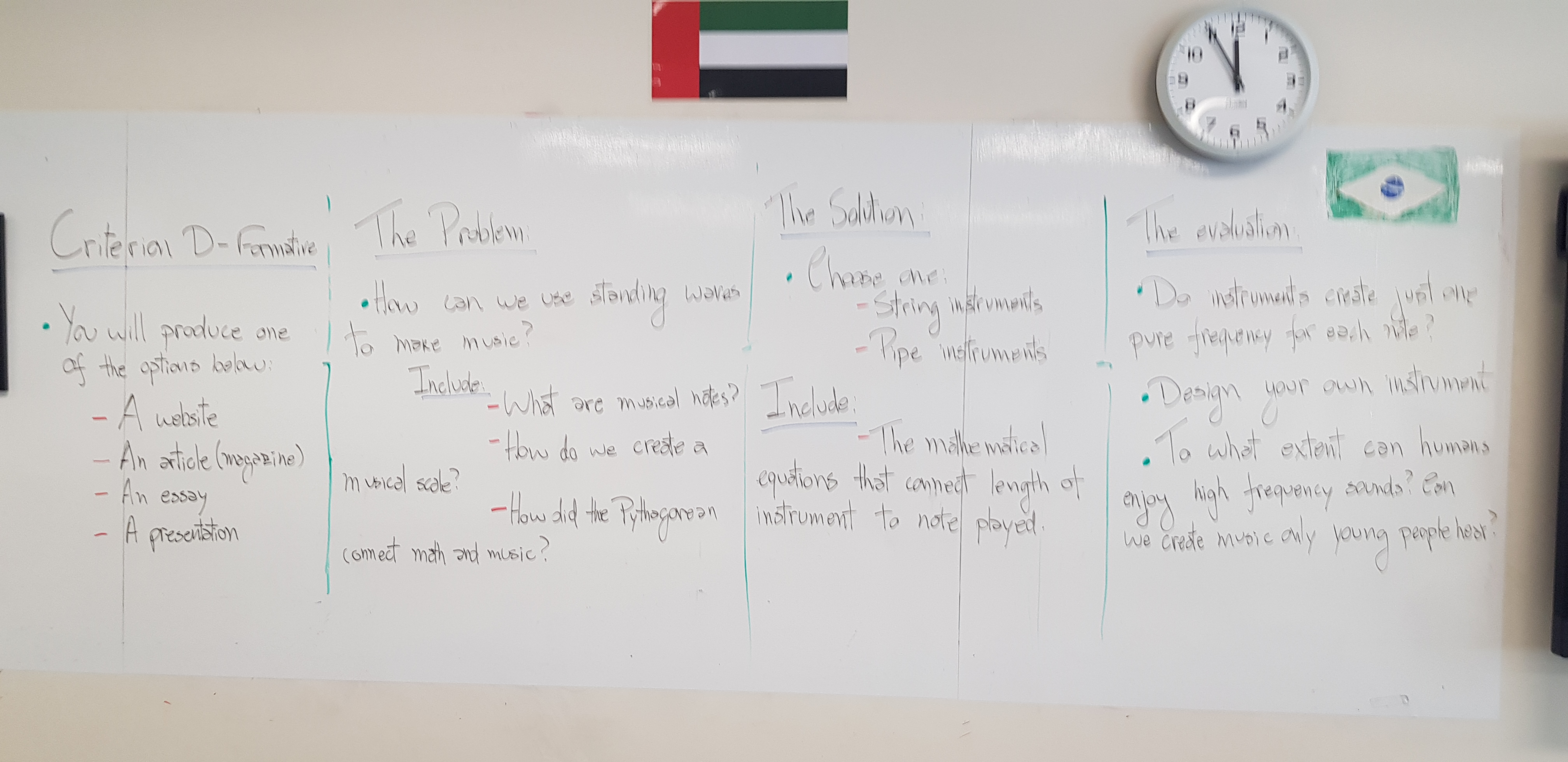G9 Final Lab Report
9C, if you haven’t finished your Boyle’s law lab report, you must work on it today, it must be submitted by tomorrow during class at the latest.
If you are done with the lab, go through the links below:
Date posted: 06/12/2019
G9 The eye formative solved
Date posted: 05/23/2019
G9 Reflecting on Gas Laws
Date posted: 03/28/2019
G9 Optics worksheets
CK-12 Reflection, Refraction, Thin lenses
More review plus mirrors plus lens makers equation
Date posted: 03/12/2019
First Week 9B
Dear students,
I’m looking forward to meeting you guys. Unfortunately, I can’t be with you today. Please watch the videos below, they can be played in the Clevertouch TV.
Please click the Registration link.
Lastly, access the simulation in this link: https://phet.colorado.edu/en/simulation/wave-on-a-string. Research standing waves. Can you create a standing wave on the simulation?
Have fun,
Mr. Pacios
Learning Objectives:
-To understand the two types of waves and how they move
-To know the parts and properties of a wave
-To understand that light is a wave
Assessment Criteria:
-I can define wavelength, amplitude, and frequency of a wave
-I can calculate the speed of a wave
-I can state examples of longitudinal and transverse waves
Date posted: 01/08/2019
G9 Temperature
Learning Objectives:
-Calculate temperatures at different scales
-Apply the kinetic theory to solids, liquids, and gases
-State the kinetic theory
Assessment Criteria:
-I can convert temperatures between different scales
-I can state the kinetic theory
-I can describe the arrangement of molecules in solid, liquid, and gas states
Date posted: 11/21/2018
G9 Optics 2 - The Eye
Learning Objectives:
-To know the parts of the eye and their function
Assessment Criteria:
-I can state the name of each part of the eye and describe its function
Physics classroom; Snell’s law
Gauss’s law (the lens equation); make sure to allow adobe flash
Date posted: 09/20/2018
G9 Optics 1
Learning Objectives:
-Understand Snell's law and how we use it in lenses
Assessment Criteria:
-I can calculate the refraction angle using Snell's law
Date posted: 09/17/2018
Wave speed
Learning Objectives:
-Understand what affects the speed of a wave and how to measure it
Assessment Criteria:
-I can calculate the speed of a wave
Date posted: 09/10/2018
First Week
Learning Objectives:
-To understand the two types of waves and how they move
-To know the parts and properties of a wave
-To understand that light is a wave
Assessment Criteria:
-I can define wavelength, amplitude, and frequency of a wave
-I can calculate the speed of a wave
-I can state examples of longitudinal and transverse waves

